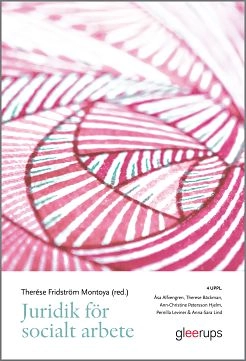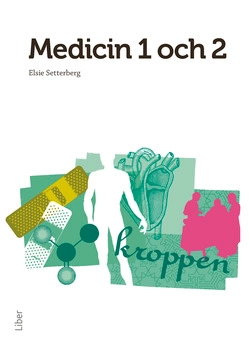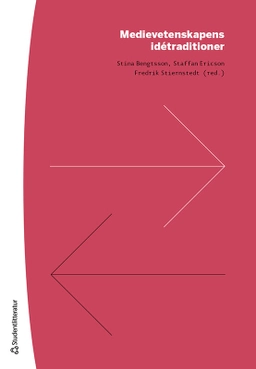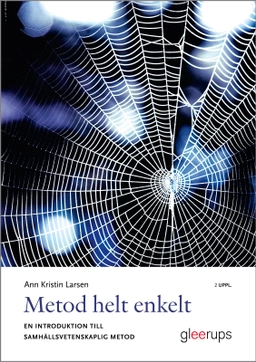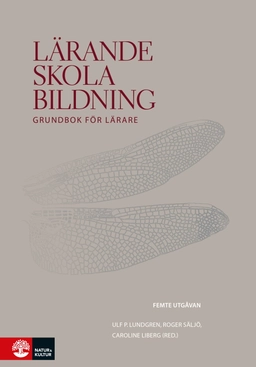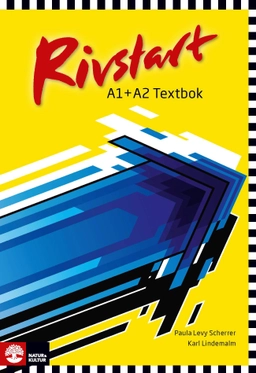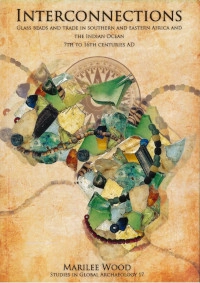

Interconnections : glass beads and trade in southern and eastern Africa and the Indian Ocean - 7th to 16th centuries AD
- Utgiven: 2011
- ISBN: 9789150622614
- Sidor: 196 st
- Förlag: Institutionen för arkeologi och antik historia, Uppsala universitet
- Format: Häftad
- Språk: Engelska
Om boken
Åtkomstkoder och digitalt tilläggsmaterial garanteras inte med begagnade böcker
Mer om Interconnections : glass beads and trade in southern and eastern Africa and the Indian Ocean - 7th to 16th centuries AD (2011)
I maj 2011 släpptes boken Interconnections : glass beads and trade in southern and eastern Africa and the Indian Ocean - 7th to 16th centuries AD skriven av Marilee Wood. Den är skriven på engelska och består av 196 sidor djupgående information om historia och arkeologi. Förlaget bakom boken är Institutionen för arkeologi och antik historia, Uppsala universitet.
Köp boken Interconnections : glass beads and trade in southern and eastern Africa and the Indian Ocean - 7th to 16th centuries AD på Studentapan och spara pengar.
Referera till Interconnections : glass beads and trade in southern and eastern Africa and the Indian Ocean - 7th to 16th centuries AD
Harvard
Oxford
APA
Vancouver


